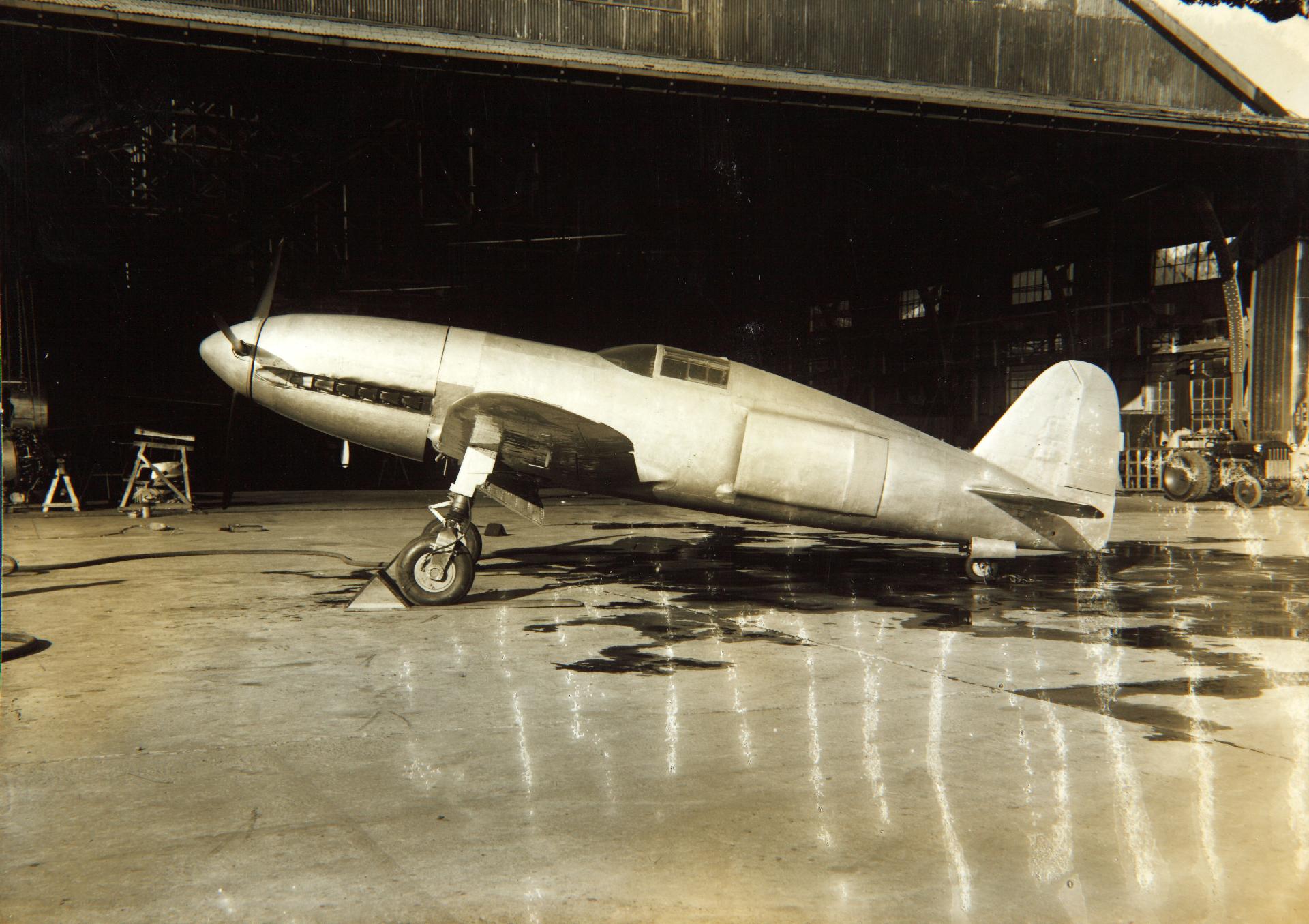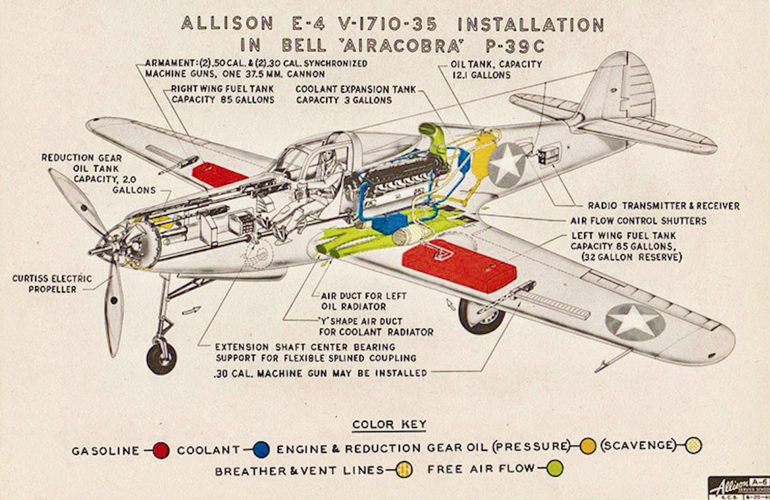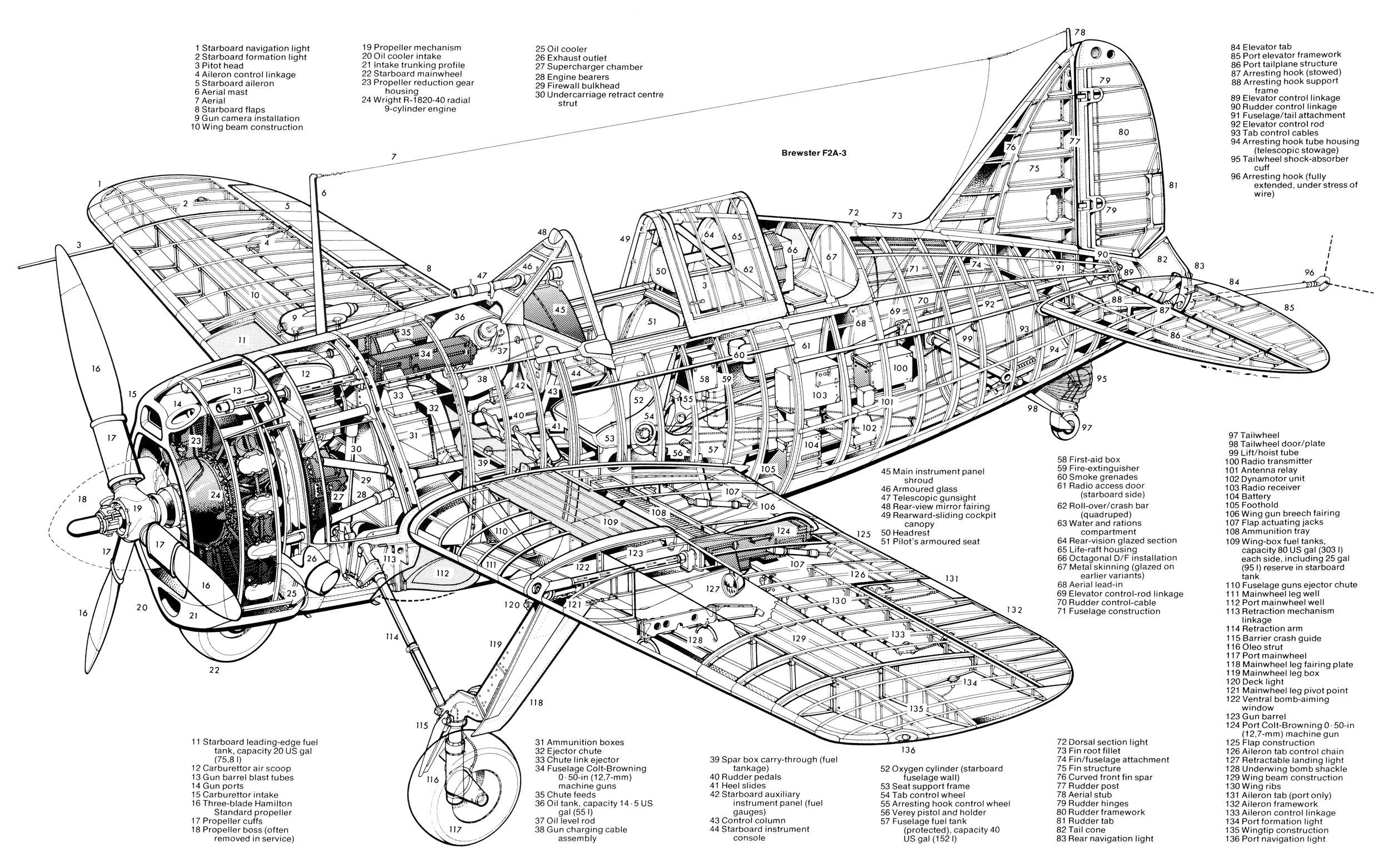Yep, and that's the "long nose" F2A-3. Lining up the firewall of a P-40 type installation to the firewall
of the Buffalo turns up all kinds of issues. If the engine could be set further aft by removing the cowl
guns and ammo tanks some of W&B issues could be adressed - but the landing gear design makes
that a non-starter.
Tghe other problem is that Buffalo firewalls are in line with the leading edge.
OTOH, the majority of World War 2 fighters had their firewalls much farther aft, almost to the wings' main spar (Hawker Fury, Me-109, P-51, Spitfire, etc.).
A LONG inline engine (e.g. Allison) would probably need its firewall near the main spar to balance properly.
Moving a Buffalo firewall aft would require a major re-design of the center fuselage. By then, you are talking about such a major re-design - with so many new components - that it ceases to be a Buffalo.



